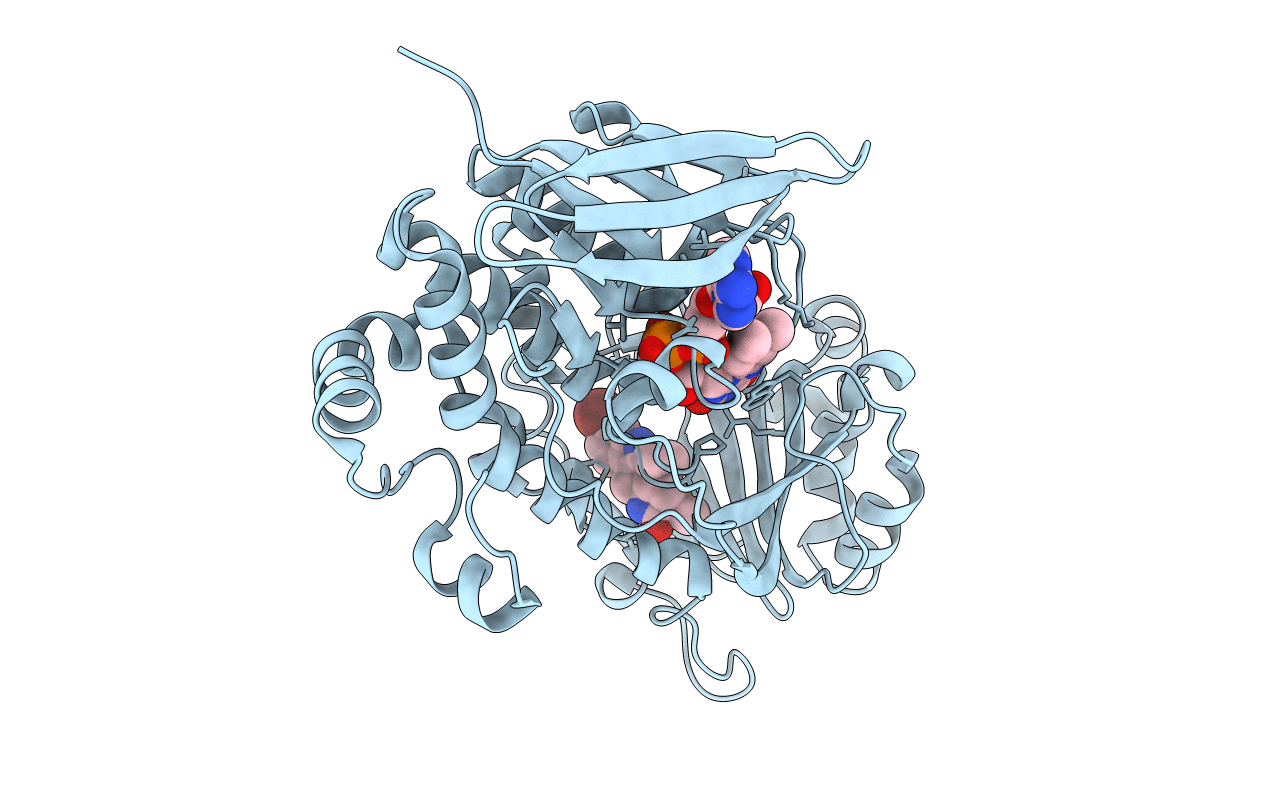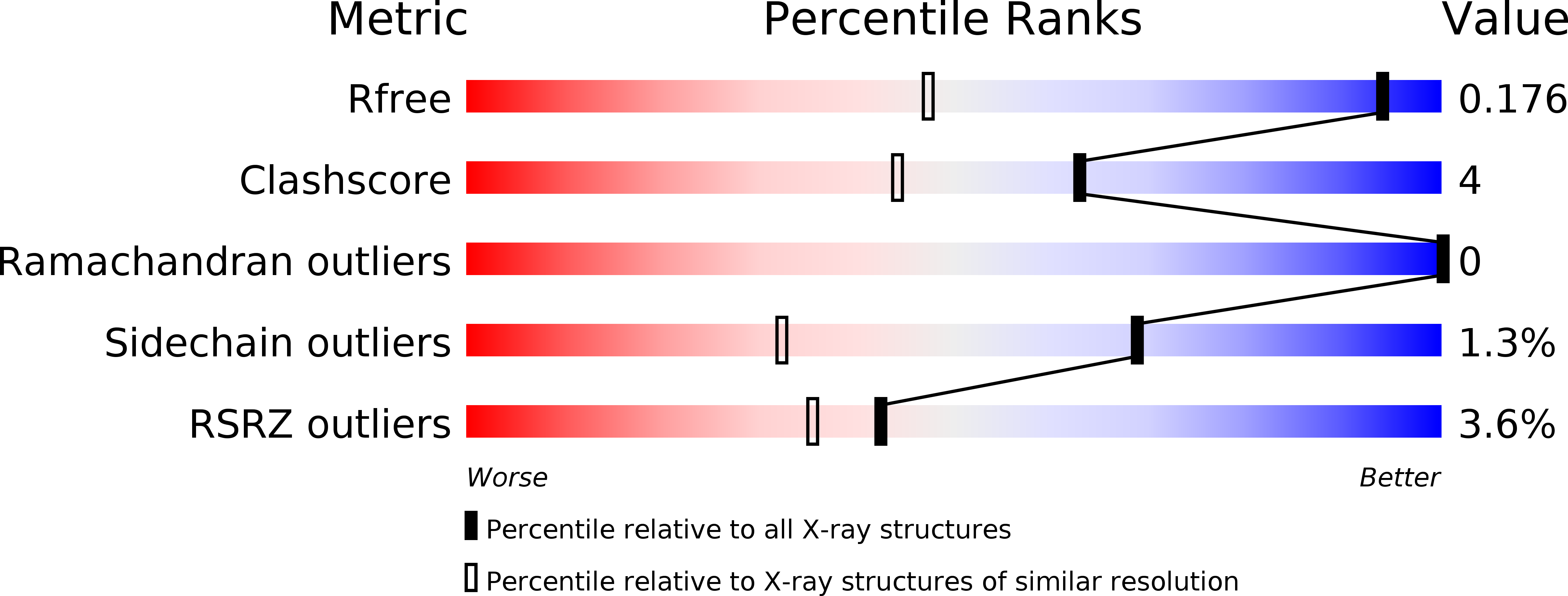
Deposition Date
2019-07-20
Release Date
2020-01-22
Last Version Date
2024-03-13
Entry Detail
PDB ID:
6PVJ
Keywords:
Title:
Crystal structure of PhqK in complex with malbrancheamide C
Biological Source:
Source Organism:
Penicillium fellutanum (Taxon ID: 70095)
Host Organism:
Method Details:
Experimental Method:
Resolution:
1.25 Å
R-Value Free:
0.17
R-Value Work:
0.15
R-Value Observed:
0.15
Space Group:
P 21 21 21


